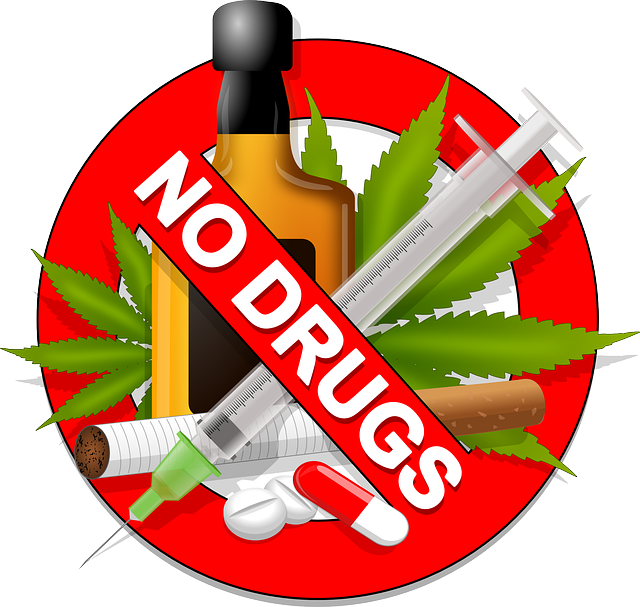GLP-1 drugs, or glucagon-like peptide-1 agonists, have experienced exponential growth in the market due to their multifaceted benefits in managing type 2 diabetes and obesity. Mimicking natural hormones, these medications offer superior glycemic control and weight loss assistance compared to traditional insulin therapy. Driven by the global rise in type 2 diabetes cases and a shift towards patient-friendly treatments, GLP-1 drugs are increasingly prescribed. Their safety and efficacy have been well-established through clinical trials, with advanced delivery systems making them a preferred choice. Demographic factors influence trends in usage, and companies compete for market share through diverse strategies. The future looks promising with ongoing research, innovative delivery methods, and the potential for combinational therapies, ensuring GLP-1 drugs remain at the forefront of metabolic disorder treatment.
“The market for GLP-1 agonist usage has experienced a remarkable surge, transforming the diabetes management landscape. This analysis delves into the rising prominence of these innovative drugs, exploring their unique mechanisms and understanding their growing appeal. From prescribing trends to patient preferences, we unravel the factors driving this shift. Furthermore, the competitive landscape reveals brand strategies, while future projections point towards exciting research opportunities. Discover how GLP-1 drugs are redefining diabetes treatment.”
Market Overview: The Rise of GLP-1 Agonists

In recent years, the market for GLP-1 (glucagon-like peptide-1) agonists has experienced significant growth and transformation. These drugs, which mimic the effects of the natural hormone GLP-1, have emerged as a powerful tool in the management of type 2 diabetes and obesity. The rise of GLP-1 drugs is driven by their unique ability to stimulate insulin secretion, reduce glucagon release, and suppress appetite—a triple-pronged approach that enhances glycemic control while aiding in weight loss.
The increasing prevalence of type 2 diabetes globally has been a key catalyst for this trend. As the world’s population ages and lifestyle factors contribute to higher rates of metabolic disorders, there is a growing demand for effective, convenient, and patient-friendly treatments. GLP-1 agonists, often administered via injection or as pills, offer a more sustainable solution compared to traditional insulin therapy, improving both clinical outcomes and patient quality of life. This shift towards GLP-1 drugs reflects a broader trend in healthcare: leveraging biological mechanisms to develop innovative therapies that target specific metabolic needs.
Understanding GLP-1 Drugs and Their Mechanisms

GLP-1 drugs, or glucagon-like peptide-1 agonists, are a class of medications designed to mimic the effects of the naturally occurring hormone GLP-1. This hormone plays a crucial role in regulating blood sugar levels by stimulating insulin secretion when needed and suppressing glucagon release. By mimicking these actions, GLP-1 drugs help lower blood glucose in individuals with type 2 diabetes.
These drugs work through various mechanisms to achieve their therapeutic effects. They enhance insulin sensitivity, stimulate insulin production from beta cells, and slow down the emptying of the stomach, leading to improved glycemic control. The diverse range of GLP-1 agonists available offers healthcare professionals a valuable tool in managing diabetes, with each drug providing unique benefits and modes of action that contribute to their overall effectiveness in treating this chronic condition.
Current Trends in Prescribing Patterns

In recent years, there has been a noticeable shift in prescribing patterns for GLP-1 drugs. This evolution is driven primarily by an increasing awareness of their efficacy and safety profile among healthcare providers. The rise in prescription rates can be attributed to several factors: improved understanding of type 2 diabetes management, the growing demand for more effective, less invasive treatment options, and positive clinical trial results showcasing reduced hypoglycemic events and weight loss benefits.
Moreover, the integration of GLP-1 drugs into standard care protocols has been facilitated by advancements in medication delivery systems, such as once-weekly injections, improving patient adherence and convenience. This trend is expected to continue as new formulations and administration methods are explored, further solidifying the role of GLP-1 drugs as a preferred choice for many healthcare professionals in managing metabolic disorders effectively.
Patient Demographics and Treatment Preferences

Patient demographics play a significant role in shaping the trends and preferences surrounding GLP-1 agonist usage. These medications, designed to mimic the effects of the natural hormone GLP-1, have gained popularity for the treatment of type 2 diabetes. Studies show that older patients, typically those aged 65 and above, are more inclined to adopt GLP-1 drugs due to their ease of administration—often via injection—and improved glycemic control compared to traditional insulin therapies. This demographic’s preference leans towards convenient, less invasive treatment options, making GLP-1 agonists an attractive choice.
Moreover, while gender differences in treatment preferences exist, data suggests that both men and women are equally receptive to GLP-1 drug regimens when faced with similar health challenges. Patients from diverse ethnic backgrounds also show varying levels of acceptance, influenced by cultural attitudes towards diabetes management and healthcare access. Understanding these demographic factors is crucial for healthcare providers to tailor treatments effectively and address specific needs within the growing GLP-1 drugs market.
Competitive Landscape and Brand Strategies

The competitive landscape in the GLP-1 drugs market is dynamic, with several key players vying for market share. Each company employs distinct brand strategies to differentiate their products and gain a competitive edge. Some focus on pricing to attract cost-conscious consumers, while others emphasize the unique benefits of their formulations, such as improved patient compliance or enhanced side-effect profiles. Marketing campaigns often target specific demographics, with an emphasis on reaching both healthcare providers and patients directly.
Brand strategies also include innovative distribution models and partnerships to ensure accessibility. For instance, some manufacturers collaborate with pharmacy chains to offer bundled services, including patient education and support, thereby improving adherence rates. Additionally, the rise of digital health solutions enables remote monitoring and personalized treatment plans for GLP-1 drug users, further intensifying competition among brands aiming to provide comprehensive and convenient care.
Future Projections and Research Opportunities

The future projections for GLP-1 agonist usage look promising, driven by increasing awareness of their benefits and evolving treatment guidelines. As research continues to unearth novel applications and optimal dosing strategies, the market is expected to expand significantly. The focus on improving patient adherence and accessibility will be key, with pharmaceutical companies exploring innovative delivery methods and cost-effective solutions.
Research opportunities abound in understanding individual variations in GLP-1 drug responses and identifying biomarkers for predictive modeling. Additionally, investigating combinational therapies involving GLP-1 drugs with other metabolic agents could unlock new treatment paradigms. Furthermore, long-term safety profiles and the potential for these agonists in preventing cardiovascular events remain areas of active investigation, offering substantial opportunities to refine their clinical use.
